Grape Seed Extract
Grape seed extract is an industrial derivative of whole grape seeds. The extract contains proanthocyanidins. Grape seed extract quality is measured by the content of procyanidins which are formed from proanthocyanidins. Generally, grape seed extract quality contains 95% procyanidins
Send Enquiry
Grape seed extract is an industrial derivative of whole grape seeds. The extract contains proanthocyanidins. Grape seed extract quality is measured by the content of procyanidins which are formed from proanthocyanidins. Generally, grape seed extract quality contains 95% procyanidins
Be the first to review “Grape Seed Extract” Cancel reply

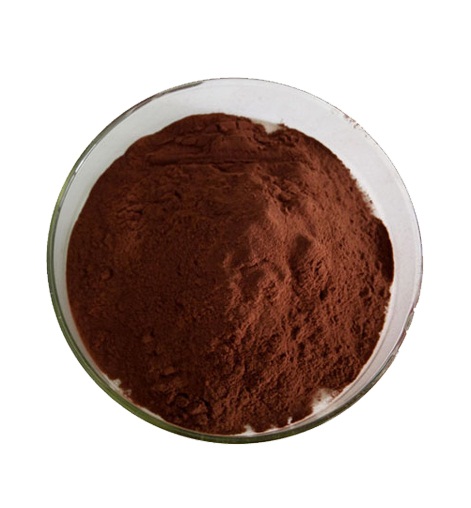
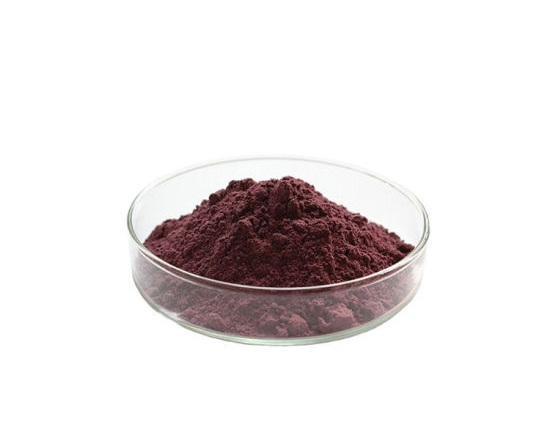
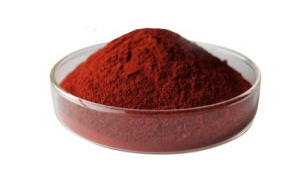
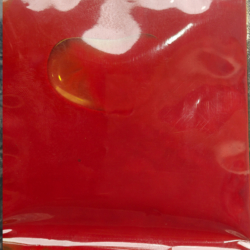
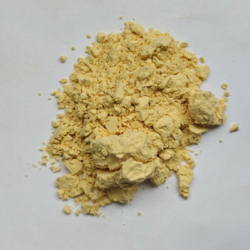
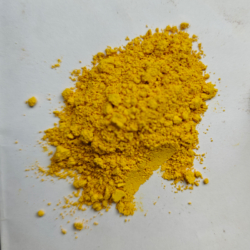
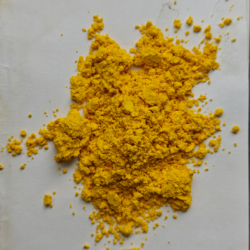
Reviews
There are no reviews yet.